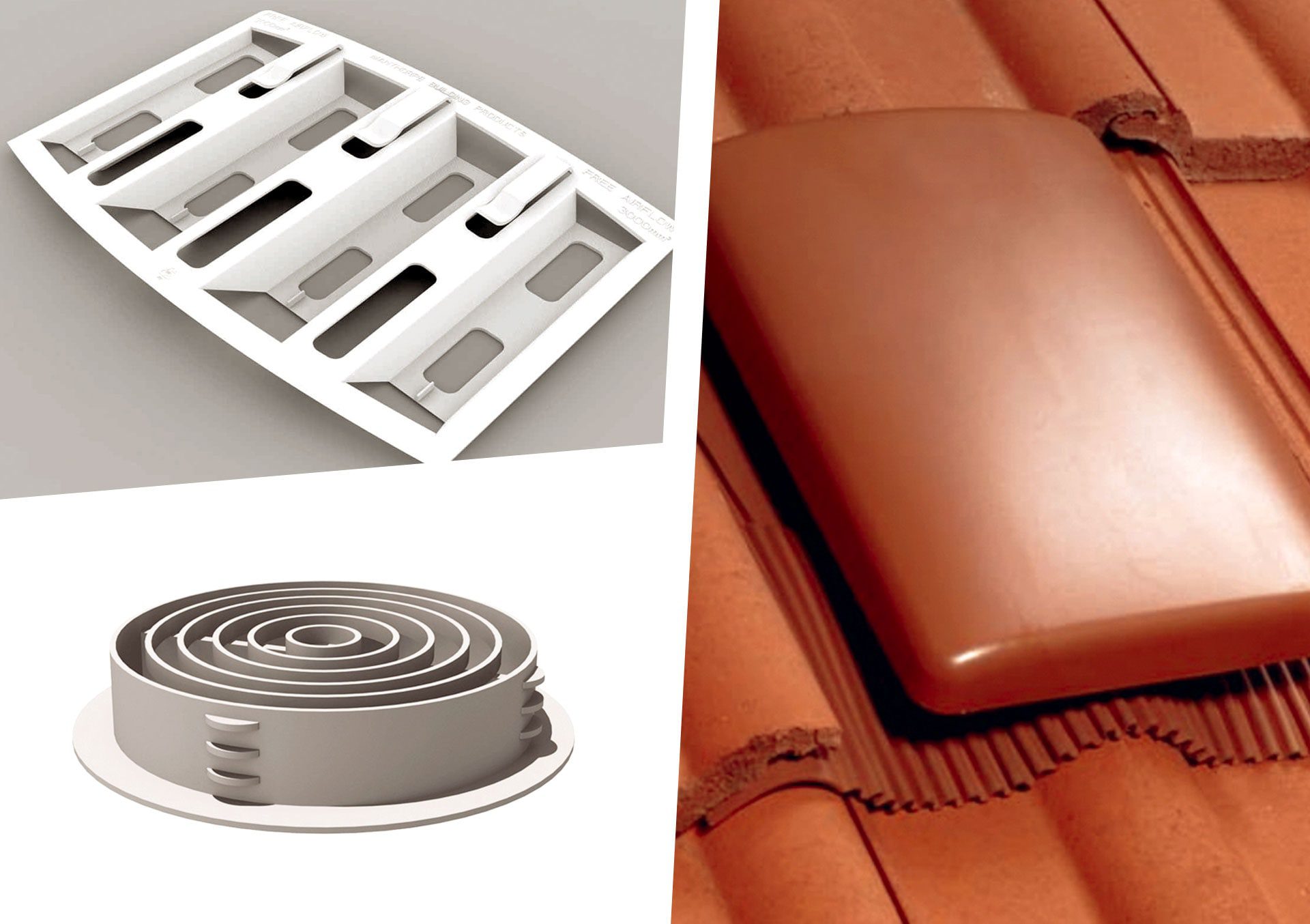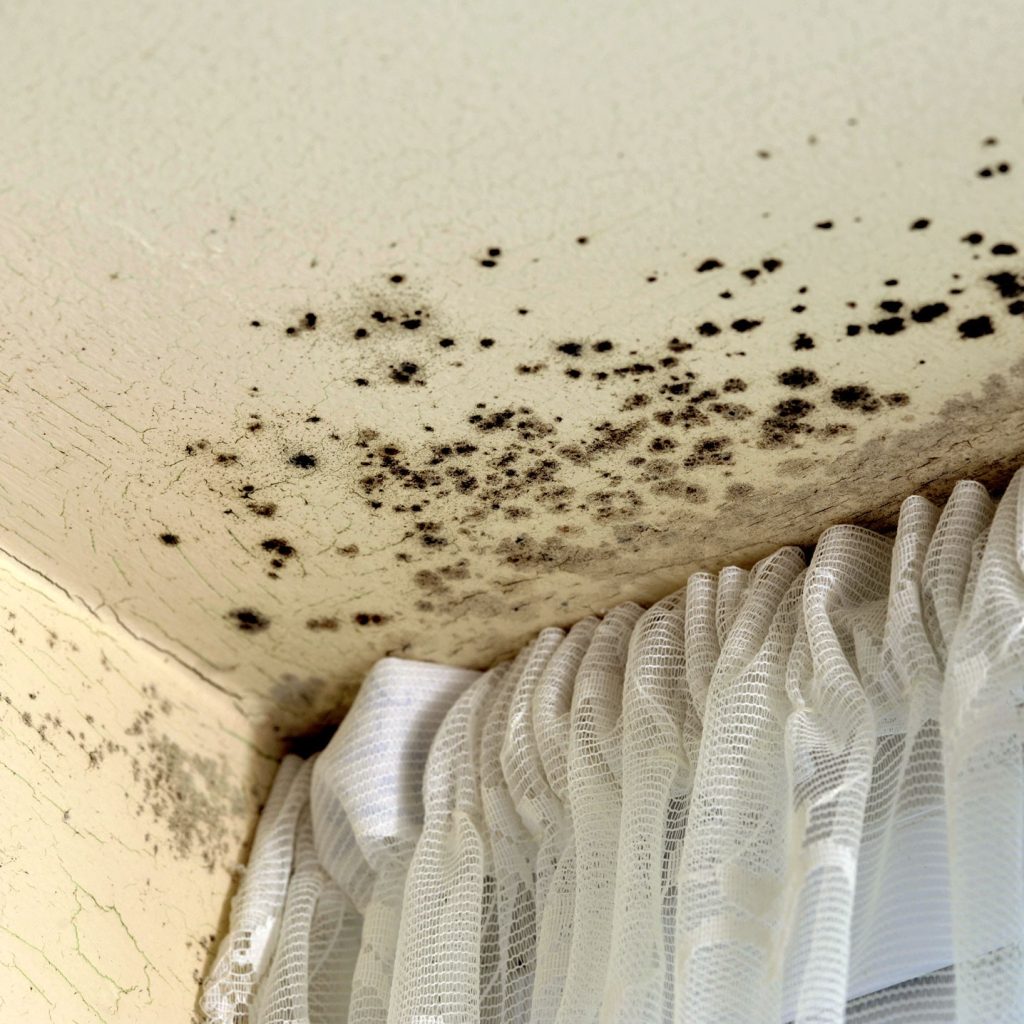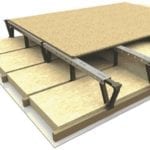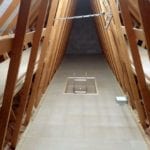Modern homes are far better at keeping out draughts—but that’s not always a good thing. All the warm, moisture-filled air that used to escape naturally now has nowhere to go, so it drifts upwards into the loft. Without proper ventilation, this trapped moisture turns into condensation, leading to damp, mould, and even structural damage. That’s why good loft airflow isn’t just a nice-to-have—it’s essential.
Condensation and the Roof Space
Condensation happens because cold air can’t hold as much moisture as warm air. When warm, moisture-rich air meets a cold surface (like your winter roof), it cools and forms water droplets.
This not only makes your loft unpleasant but also leads to long-term damp issues. Left unchecked, mould will spread across the roof’s underside and anything stored in the loft. Even more seriously, it could create rot in the timbers, and you could end up with major structural repairs.
The good news is that most homes already have some ventilation in the form of gaps under the eaves of the roof which allow air to enter the loft space, flow across it, and remove some of that warm air with it. As long as there’s nothing blocking that flow such as poorly laid insulation of course. This built-in ventilation probably won’t be enough to handle all of that humid air, so you’ll need additional methods—this is where roof ventilation solutions come into play.
How to Ventilate Your Loft Space
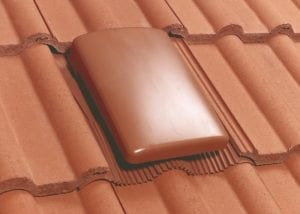
One way of adding extra ventilation in your loft is to install roof windows. These have many benefits, but unfortunately, they may have a limited effect on condensation because the problem’s worst in cold weather, when you won’t want the windows open.
A better solution is to install roof vents. If you live in a modern house, they should have been built in. If you don’t already have them, though, you can combine loft vent installation with repairs to your roof or roofline.
The main types of roof space ventilation solutions are:
- Soffit vents sit on the underside of the roofline, fitted to the soffits. They come as either continuous strips along the soffit or a series of circular vents. If the builders installed vents when constructing the house, they likely used soffit vents.
- Over fascia vents fit at the top of the roofline instead of underneath. Though not as good at catching updraughts, they don’t attract as much dirt as soffit vents.
- Roof tile vents replace a tile or slate and can even integrate with a bathroom extractor for added effectiveness.
- A ridge tile vent sits at the roof ridge instead of a tile, making it ideal for allowing draughts to push damp air up and out.
- Lap vents attach from inside the loft to the roof’s undersarking. Unlike the other options, which require professionals, an expert DIYer can install lap vents.
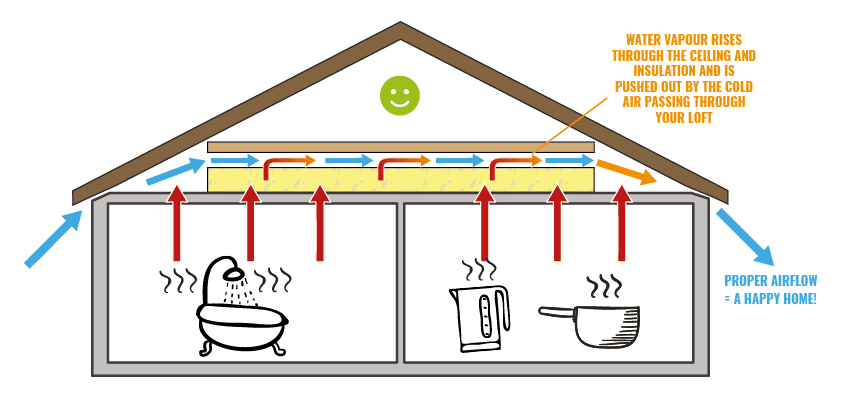
Another Solution Related to Airflow and Loft Ventilation
Another solution for humid air buildup in the loft is the LoftZone floor-raising system. This system maintains an air gap above the insulation, allowing airflow through the loft. Using this in combination with air vents and/or loft windows is a great way of handling loft ventilation problems.
What Are Some Signs of Poor Loft Ventilation?
Not sure if your loft has proper ventilation? There are a few telltale signs that moisture is getting trapped where it shouldn’t be. Ignoring these can lead to long-term damage, so if you spot any of the following, it might be time to take action.
- Musty smell – If your loft has a persistent damp, musty odour, it’s a sign that moisture isn’t escaping properly. This is often the first clue that ventilation needs improving.
- Visible mould spots – Black, green, or white mould patches on roof timbers, insulation, or even ceilings below the loft indicate excess moisture. Left unchecked, this can weaken materials and spread.
- Dampness on insulation – Insulation should be dry to be effective. If it feels damp or clumpy, it’s likely absorbing moisture from poor airflow, reducing its ability to retain heat and potentially leading to mould growth.
- Excessive heat in the summer – A poorly ventilated loft can turn into an oven in warm weather, making upstairs rooms unbearably hot. Proper airflow helps regulate temperatures year-round. This is also a sign of poor insulation under the loft floor which needs to be addressed too!
- Frost on roofing nails – In winter, moisture-laden air condenses on cold metal surfaces. If you spot frost or rust on roofing nails, it’s a clear sign that damp air is lingering instead of escaping.
- Condensation on windows – If your loft has windows or skylights, condensation forming on the glass is a warning sign that humidity levels are too high, potentially leading to damp and mould problems elsewhere in your home.
If you’ve noticed any of these issues, improving your loft’s ventilation can help protect your home and everything stored in the loft.
Conclusion
Hopefully, it’s now really clear why airflow within the flow is so important. The problems associated with poor airflow can be serious and even damage your health, so it’s something every homeowner needs to consider.
If you want to know more about ventilating your loft space or are unsure of what you need, feel free to get in touch for a chat or ask a question.
Was this post useful? Here are some other’s you might like...



